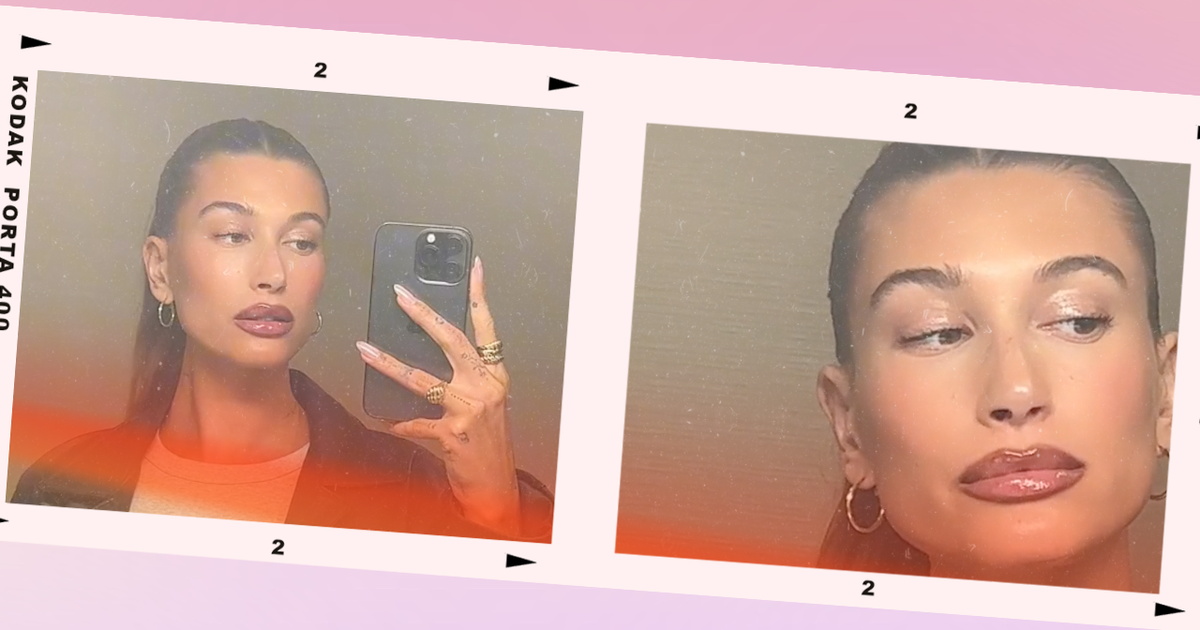Shopping
YouTube Shopping wants to unseat TikTok Shop in Southeast Asia

Every other day for the past couple of months, Indonesian YouTuber Amanda Static has been sharing a one-minute video reviewing lip tints and eye shadow palettes with her 500,000 followers. As she demonstrates a product, a caption entices viewers with a discount offer, and a link takes them to the brand’s page on e-commerce site ShopeeShopeeSingapore-based Shopee, a subsidiary of Sea Ltd., is a major e-commerce platform that operates across Southeast Asia.READ MORE.
YouTube introduced this seamless shopping experience in September, when it unveiled a partnership with Shopee, the regional e-commerce giant, first in Indonesia, then in Thailand and Vietnam. Users can purchase products featured on YouTube through links to Shopee embedded in the videos. This pits the platform directly against TikTok Shop, which dominates video e-commerce in the region, with both sites now vying for the attention of influencers and users.
“Ever since my agency shared about YouTube Shopping, I’ve been posting more videos on YouTube,” Static told Rest of World. “I find that YouTube actually gives me the most growth compared to TikTok and Instagram [in terms of reach],” she said.
Southeast Asia is one of the world’s fastest growing markets for e-commerce, with net merchandise value on the formal channels estimated to more than double from about $149 billion in 2024 to over $300 billion in 2029, according to research firm Cube Asia. Consumers’ preference to shop on e-commerce and social media sites rather than on brand sites or Amazon — which has a limited presence in the region — sets Southeast Asia apart from other markets. Influencers are a major factor, with influencer-led marketing contributing to about one-fifth of online sales in the region.
It’s a lucrative pie at a time of “growing integration of content and commerce … from product discovery to decision-making,” Korakan Yamsattham, a deputy head at marketing firm AnyMind Group, told Rest of World. For YouTube, “this means adapting to new roles that seamlessly connect content consumption with commerce.”
For YouTube, which has about 332 million users in Southeast Asia — second only to South Asia — there is “an extraordinary opportunity for commerce and shopping” on the platform, Ajay Vidyasagar, YouTube’s Asia-Pacific director, told Rest of World.
“Our goal is to help creators leverage this opportunity to find new avenues for growth and engagement, and to give viewers the chance to see products in action, recommended by real people they trust,” he said.
Influencer and celebrity content already accounts for about 40% of user time on YouTube in Southeast Asia, more than on any other platform. YouTube has brought on board established beauty influencers, including Static and fellow Indonesian Rachel Goddard and Vietnam’s Le Phuong Ly, to increase sales in the biggest category for influencer-driven purchases in the region.
Key to YouTube Shopping’s success would be how to attract influencers and brands to its platform, Jianggan Li, chief executive of research firm Momentum Works, told Rest of World.
“YouTube already has the consumers,” he said. By partnering with Shopee, it can tap the established presence and extensive logistics network of the e-commerce site, he added.
But despite these advantages, many beauty influencers in Indonesia, Vietnam, and Thailand rely more on TikTok and Instagram for their income. While YouTube’s longer videos allow for in-depth reviews that can help build viewers’ trust, it is harder for new influencers and those with smaller followings to succeed with it, Janice Jocelyn, owner of Indonesian talent agency Lunary Entertainment and Management, told Rest of World.
“With TikTok, all you need is a smartphone to produce a short, vertical video,” she said. “Brands also prefer to be on TikTok or Instagram because influencers on YouTube tend to be mega-influencers that cost the brand tens or hundreds of millions of rupiah for every video.”
“There is a growing integration of content and commerce … from product discovery to decision-making.”
Worldwide, users watched more than 30 billion hours of shopping-related videos on YouTube in 2023, according to the company. But in Southeast Asia, users tend to turn to YouTube more for long-form content, news, entertainment, and motivational videos. They may be less inclined to come to YouTube to shop, Maximilianus Nicodemus, associate director at securities firm Pilarmas Investindo, told Rest of World.
“Technology and gadgets might be the one category that can benefit immediately from this integration … since people automatically turn to YouTube to find gadget reviews,” he said. “But people still turn to TikTok to find beauty and fashion products.”
For some influencers, the migration to TikTok began during the Covid-19 pandemic, when Southeast Asia added 70 million online shoppers, who were drawn to the live shopping and entertainment-driven shopping experience. Now, the site has about 265 million users in the region, with Indonesia having the largest user base after the U.S.
TikTok intends to corner a major share of the “shoppertainment” opportunity — with celebrities and influencers promoting brands via livestreaming and short-form videos — that it estimates to be worth about $1 trillion in Asia-Pacific. TikTok is banned in India and is coming under fire elsewhere, including the U.S., so Southeast Asia is a key market.
But its explosive growth in the region has brought regulatory scrutiny: Last year, Indonesia banned direct sales on social media sites, effectively banning TikTok Shop. The company acquired the biggest local e-commerce site, Tokopedia, then relaunched a couple of months later. More recently, discount seller Temu has had to suspend operations in Indonesia and Vietnam, on concerns that Chinese cross-border e-commerce platforms are undercutting local sellers.
In addition to scrutiny from authorities, TikTok’s popularity also means it’s getting harder for creators to get noticed on the platform, said Static. “TikTok’s algorithm can fluctuate a lot,” she said. “You need to produce content every day to stay on top of the feed; it’s exhausting.”
For users who will determine who wins, it all comes down to demands on their time, and the price of products. Many still haven’t heard of YouTube Shopping — like Jocelyn Budipranoto, a frequent buyer of beauty and skincare products in Jakarta.
“Before I shop for a particular product, I compare the price on all e-commerce sites to see which platform gives the cheapest offering,” the 31-year-old told Rest of World. “Then I usually go to TikTok because there are more product reviews, and they are shorter.”




:quality(85):upscale()/2025/01/07/813/n/1922564/b63421d9677d72ddd6eff7.56786871_.png)



